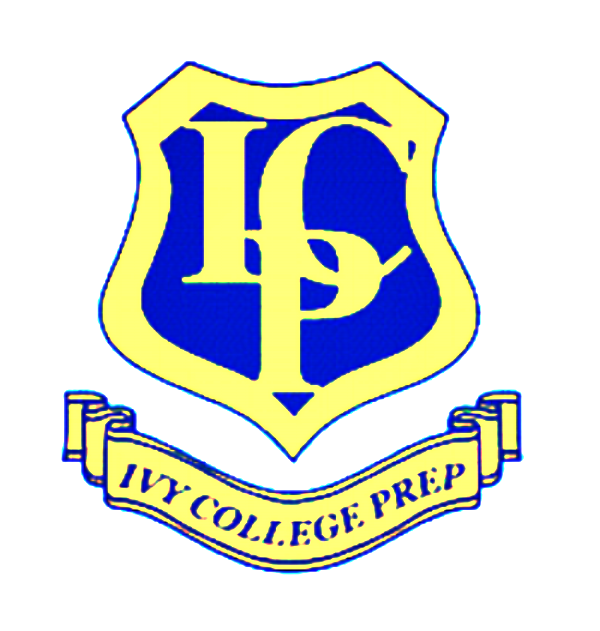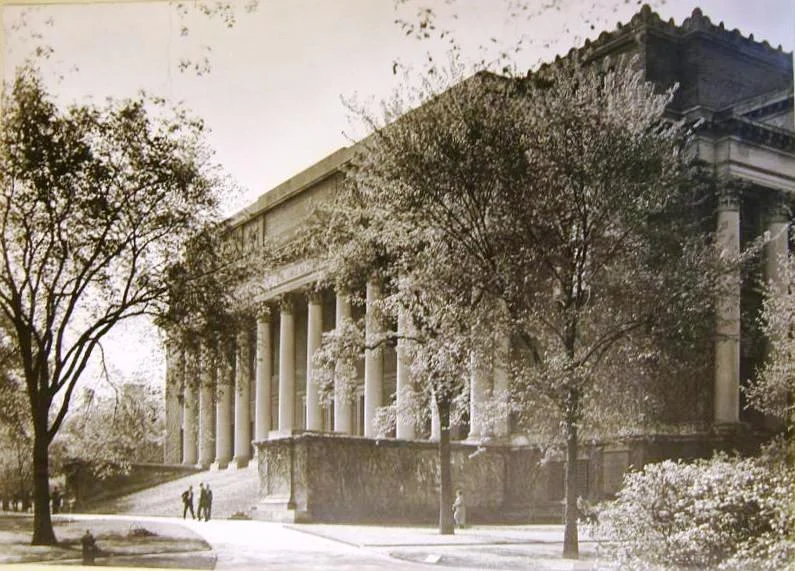Getting into Harvard with its 5.9% admissions rate is like winning the lottery.
After receiving over 34,000 applications this last admissions cycle (down 2% from last year), even an admissions office as sophisticated as Harvard’s admits there is a lot more art than science in the final admissions decisions. Don’t, however, dismiss the elaborate admissions decision process Harvard runs through each fall: it goes to great lengths to ensure all candidates receive a thorough and holistic review.











